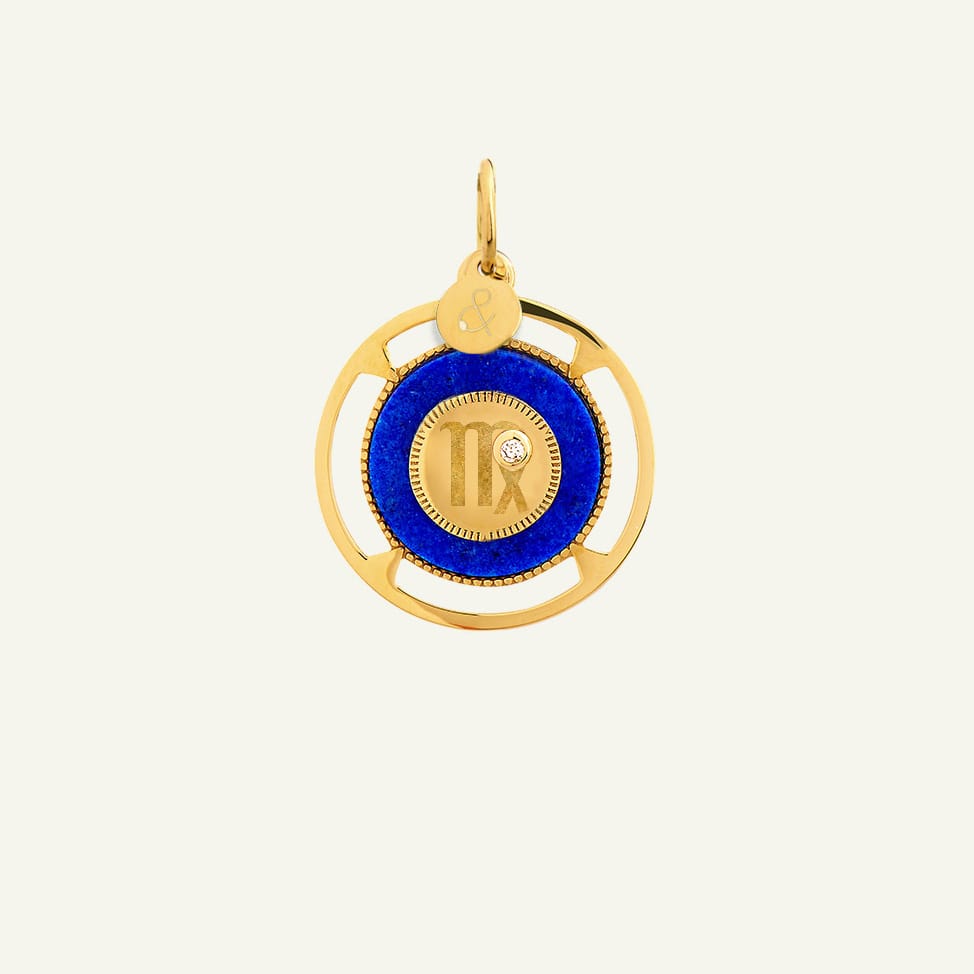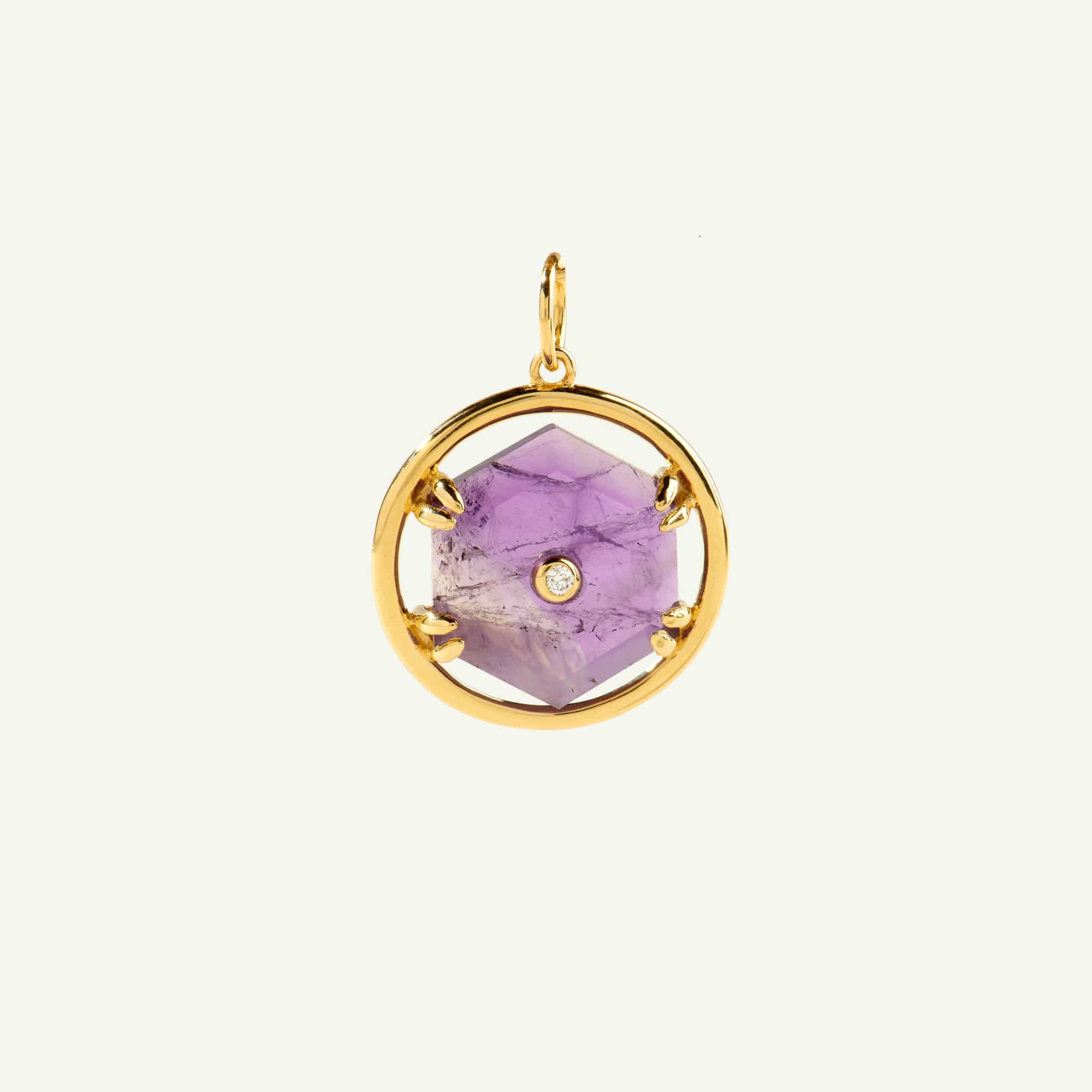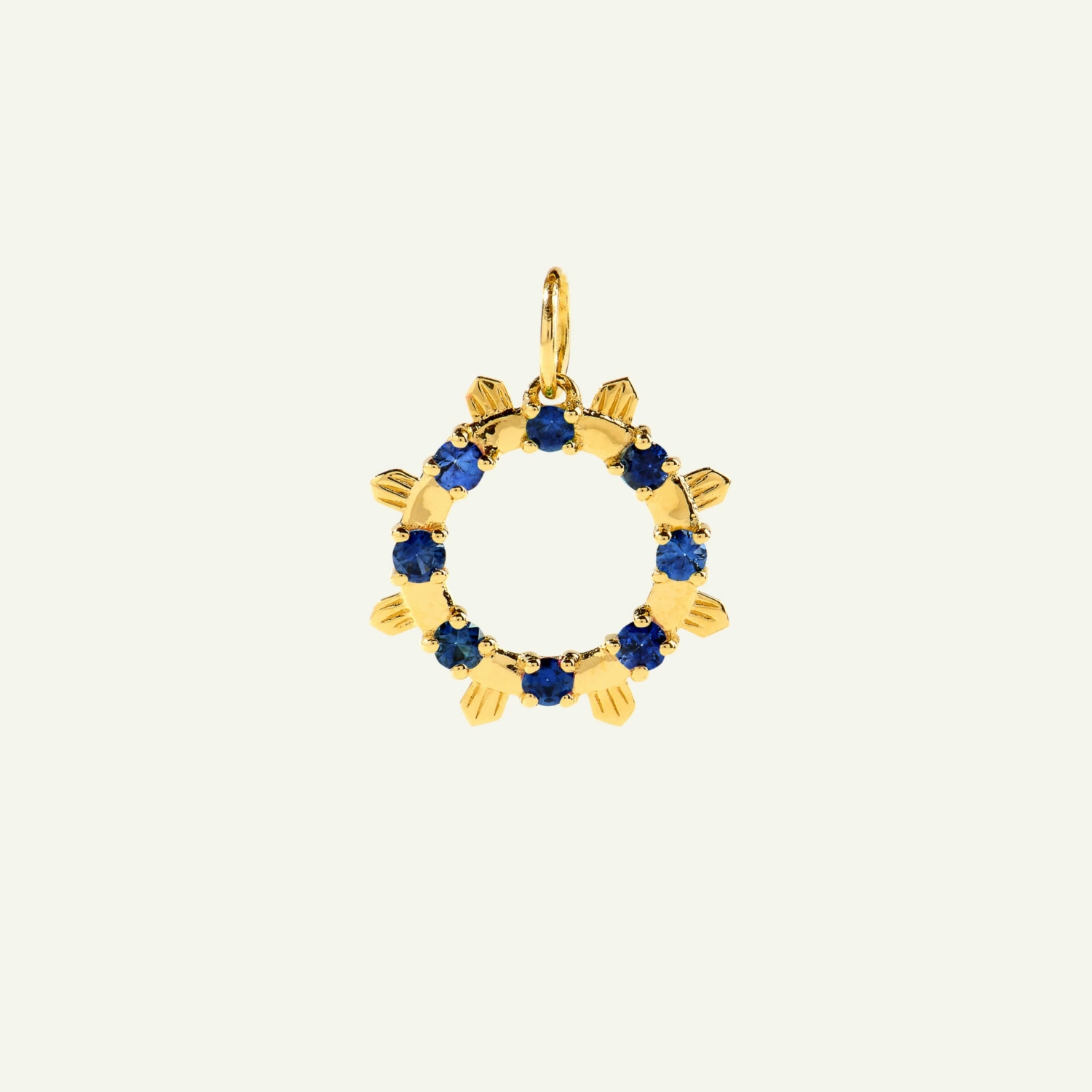UNDERSTAND THE DIFFERENCES BETWEEN PRECIOUS AND SEMI-PRECIOUS STONES
August 4, 2023
In the world of jewelry and gems, there's a distinction between so-called precious stones and those described as semi-precious. Although these two categories are often mentioned, many people are unaware of what really separates these types of stones. Let's take a look at the main characteristics that distinguish precious from semi-precious stones.
min&ral joaillerie offers you natural stone pendants semi-precious and precious stones.
Rarity: a decisive criterion
One of the main differences between gemstones and semi-precious stones is their rarity. Precious stones are generally less common and harder to find than semi-precious stones. Among the best-known gemstones are diamonds, rubies, sapphires and emeralds. These four stones are considered the rarest and most valuable because of their beauty, color and durability.
The price of stones: another aspect to consider
In general, gemstones tend to be more expensive than semi-precious stones. Their value is mainly linked to their rarity, but also to market demand. For example, a good-quality diamond will be considerably more expensive than an amethyst or citrine, which are more common semi-precious stones.
It should be noted, however, that the price of a stone is not always linked to its classification as precious or semi-precious. In fact, certain rare and sought-after semi-precious stones can sometimes fetch higher prices than less sought-after precious stones.
Quality criteria: color, clarity and size
Although rarity and price are important elements in differentiating gemstones from semi-precious stones, other criteria must also be taken into account, such as color, clarity and cut.
The color
Color is an essential factor in the evaluation of precious and semi-precious stones. Precious stones generally have bright, intense and uniform colors, while semi-precious stones tend to have more varied and less saturated colors.
Clarity
Clarity refers to the presence of inclusions or internal defects in the stone. Precious stones are often purer and contain fewer inclusions than semi-precious stones. However, some gemstones, such as emeralds, are known to have naturally more inclusions than others. It is therefore important to take clarity into account when evaluating a stone.
Size
Finally, the size of the stone also influences its value. Precious and semi-precious stones can be cut in many different ways, but large, high-quality gems are generally rarer and more sought-after. A good cut enhances the stone's color and clarity, helping to increase its value on the market.
The properties of stones: an important aspect
In addition to the criteria mentioned above, the properties of precious and semi-precious stones are also important. Some stones are renowned for their therapeutic virtues or symbolism. Amethyst, for example, is often associated with spirituality and healing, while ruby is considered a stone of passion and energy.
Examples of precious and semi-precious stones
To further illustrate the difference between precious and semi-precious stones, here are a few examples:
Precious stones: diamond, ruby, sapphire, emerald
Semi-precious stones: amethyst, citrine, topaz, rose quartz, turquoise, opal, lapis lazuli, peridot, garnet, agate
Ultimately, the differences between precious and semi-precious stones lie mainly in their rarity, price, quality and properties. Precious stones are generally rarer, more expensive and of better quality than semi-precious stones, although there are exceptions to this rule. So, when it comes to choosing a stone for a piece of jewelry, it's essential to consider not only its appearance and value, but also its intrinsic characteristics.
In our next article, discover the min&ral joaillerie team's Christmas gift ideas.




